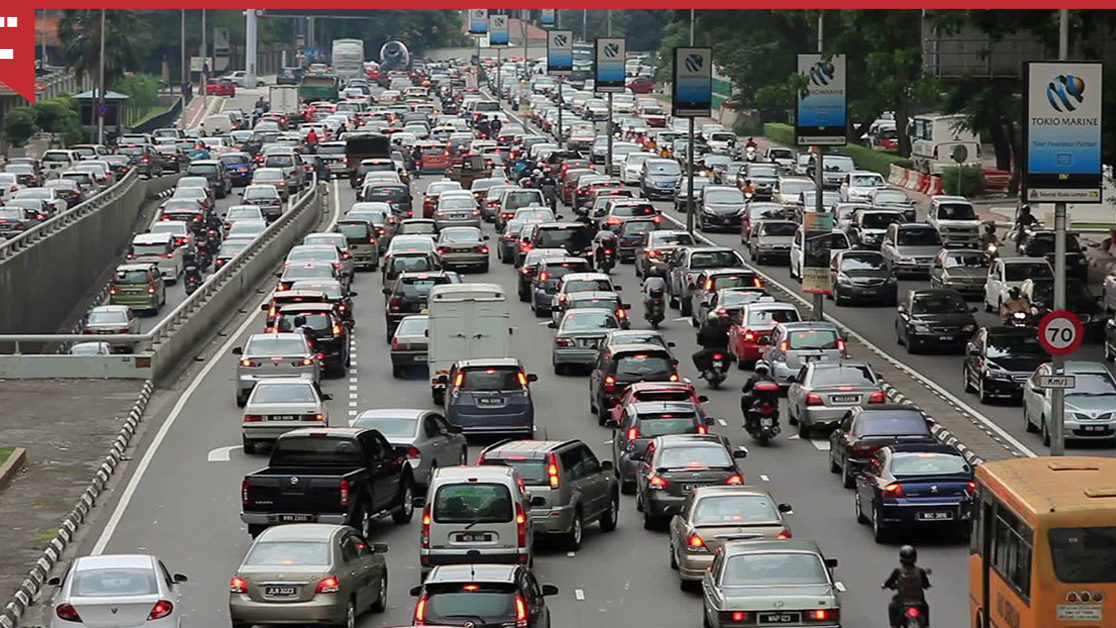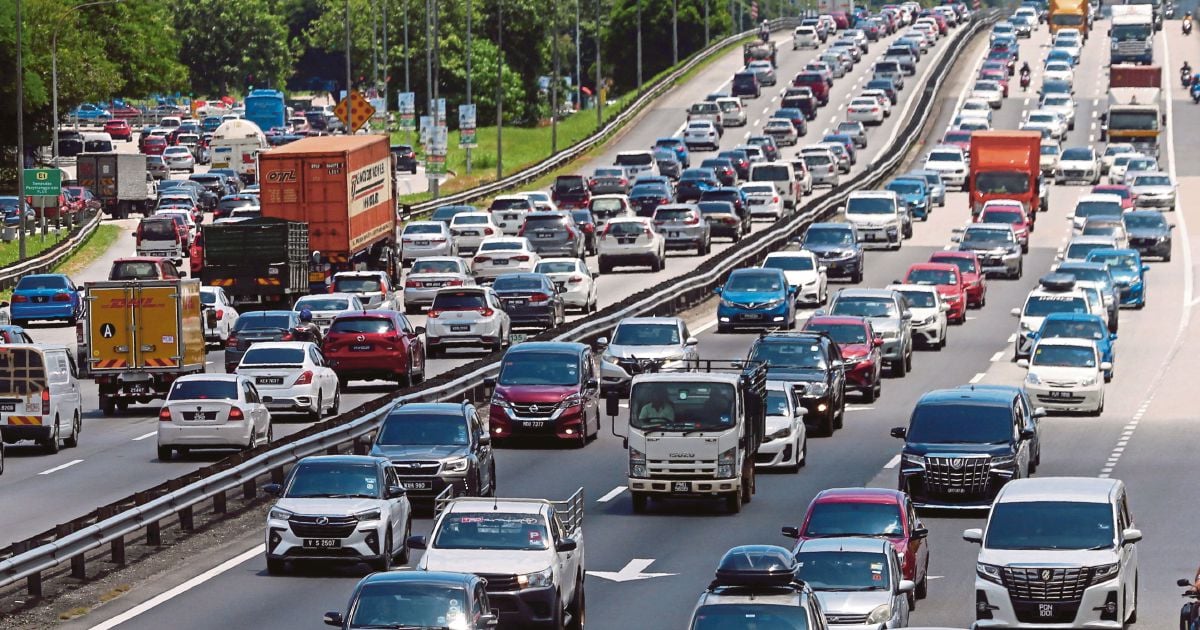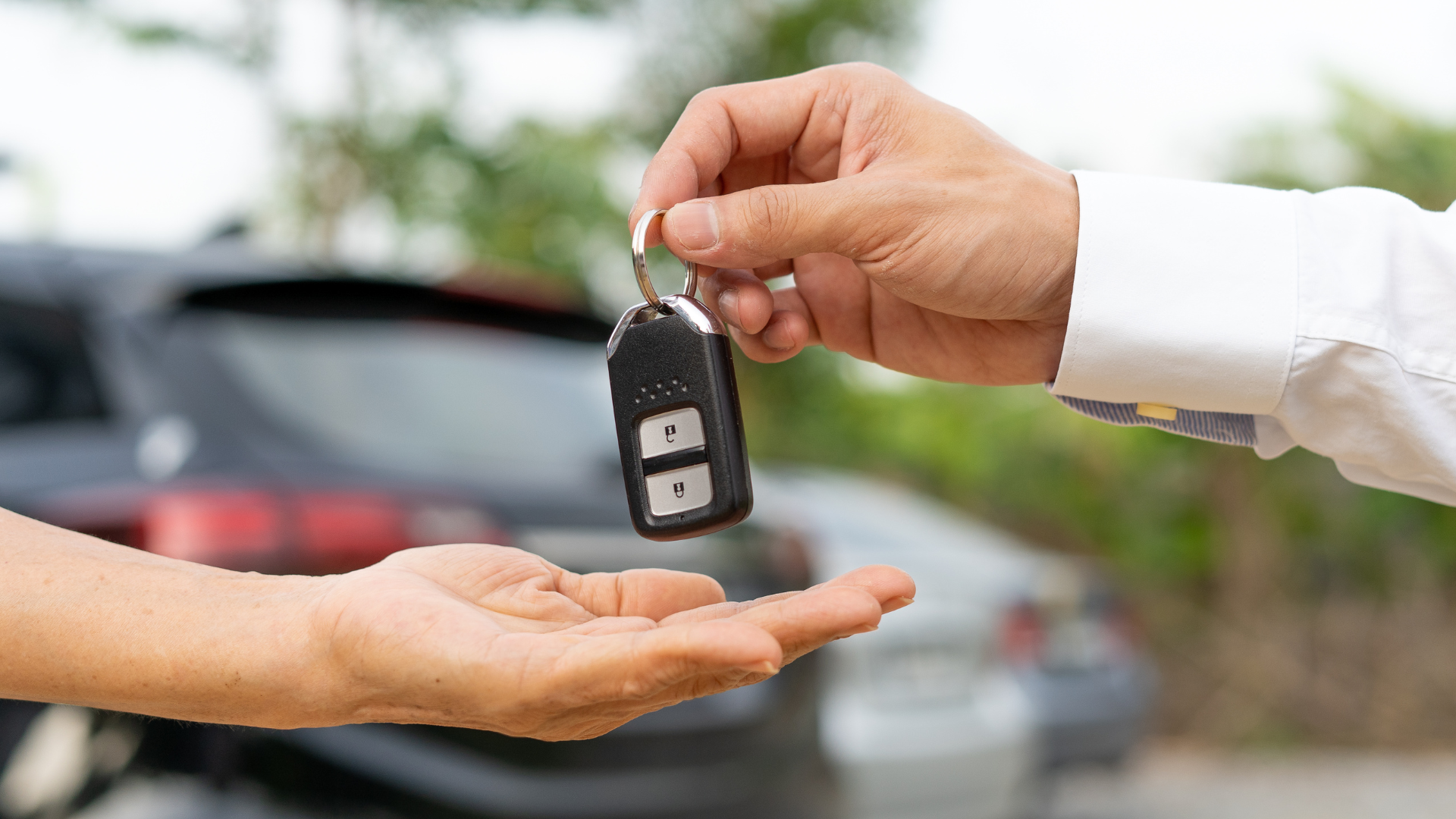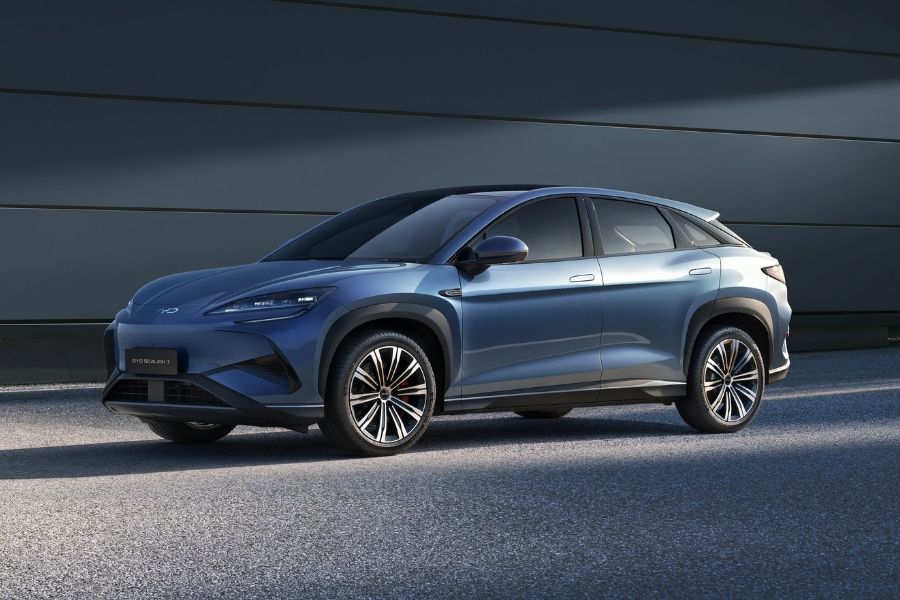

Table of Contents
ToggleMalaysia Ranks 2nd in Car Ownership Ranking, Second After Japan
Malaysia has long been a nation where cars are more than just a mode of transport—they’re a way of life. With a car ownership rate of 535 vehicles per 1,000 people between 2015 and 2020, Malaysia holds the second-highest car ownership rate in Asia, trailing only Japan, which boasts 612 vehicles per 1,000 people, according to data from the International Organization of Motor Vehicle Manufacturers (OICA).
This statistic places Malaysia ahead of other Southeast Asian nations like Thailand, Indonesia, Vietnam, and the Philippines, highlighting a unique relationship between Malaysians and their vehicles. But what drives this high rate of car ownership, and what does it mean for the country’s future? Let’s dive into the factors behind this phenomenon, its implications, and the broader context of Malaysia’s automotive landscape.
A Booming Automotive Market
Malaysia’s automotive industry has seen remarkable growth in recent years. In 2024, the country sold 816,747 vehicles, a 2.1% increase from the 799,821 units sold in 2023, marking the first time annual sales surpassed the 800,000 mark. This achievement solidified Malaysia’s position as Southeast Asia’s second-largest auto market, overtaking Thailand, as reported by Nikkei Asia in May 2024.
The Malaysian Automotive Association attributes this growth to a strong economy, with a GDP growth of 5.2% in 2024, alongside government incentives like sales tax exemptions for locally produced vehicles. National car brands Perodua and Proton dominate the market, collectively holding about 60% of the market share, with Perodua alone selling 100,814 units of its Bezza model in 2024, making it the top-selling car in the country.
The automotive industry in Malaysia isn’t just about sales—it’s a significant economic contributor. It accounts for 4% of the nation’s GDP, roughly RM 40 billion, and employs over 700,000 people across a network of 27 vehicle producers and more than 640 component manufacturers. The industry’s roots trace back to the British colonial era, with Ford Malaya establishing the first automobile assembly plant in Singapore (then part of Malaya) in 1926. Post-independence, the government pushed for industrialization in 1967, leading to the creation of Proton in 1983 and Perodua in 1993, Malaysia’s two indigenous car companies. These brands have become household names, with models like the Perodua Myvi, Axia, and Proton Saga consistently topping sales charts.

Why So Many Cars?
Several factors contribute to Malaysia’s high car ownership rate. First, the country’s public transportation system has historically been inadequate, especially outside major urban centers like Kuala Lumpur and Selangor. While cities like Bangkok have ferries and extensive rail systems, and Singapore boasts a world-class public transport network, Malaysia’s public buses are scarce in smaller towns, and the MRT is largely limited to Kuala Lumpur. A 2014 Malaysiakini article highlighted this issue, noting that the government’s reluctance to develop a robust public transport system was partly to prop up the national car industry during the Mahathir era. This car-centric policy, combined with poorly planned pedestrian infrastructure, has made owning a car a necessity for many Malaysians.
Despite high taxes on imported vehicles, government policies in Malaysia have made car ownership relatively affordable. Malaysia has the second-highest car taxes in Southeast Asia, yet the overall cost of vehicle ownership, including purchase price and running costs, is 29% lower than in Thailand and 3% lower than in Indonesia. Additionally, subsidised fuel prices at USD 0.62 per litre further enhance affordability compared to Thailand and Singapore, where fuel prices are significantly higher.
Cultural and economic factors significantly influence car ownership in Malaysia, where vehicles are regarded as status symbols, particularly among the growing middle class. The expansion of the road network, supported by early 20th-century rubber and tin exports, enabled car ownership as early as colonial times, with a tenfold increase between 1910 and 1925. Currently, accessible car loans, often with lengthy repayment terms, allow lower-income households to own cars, contributing to high household debt levels; by 2012, around half of the poorest 10% of households owned a car.
Cultural and economic factors significantly influence car ownership in Malaysia, where vehicles are viewed as status symbols. The rise of the middle class and historical rubber and tin exports facilitated road network expansion, enabling car use since colonial times. By 1923, a drive from Singapore to Bangkok was possible, and car ownership surged tenfold between 1910 and 1925. Today, accessible car loans, often spanning up to nine years, allow lower-income households to own cars, contributing to high household debt; in 2012, around half of the poorest 10% of households owned a car.

The Downside of High Car Ownership
While high car ownership has driven economic growth, it comes with significant challenges. Traffic congestion is a major issue, particularly in urban areas like Kuala Lumpur, where the World Bank estimates there are two cars for every resident. Between 1997 and 2012, vehicle-kilometers driven in Malaysia grew at an average rate of 7% per year, outpacing the 6.7% growth in vehicle registration over the same period. This has led to severe congestion, increased fuel consumption, and environmental concerns, despite the government’s fuel subsidies.
The reliance on cars has also strained Malaysia’s infrastructure. Posts on X from 2022 and 2025 reflect public sentiment about the lack of progress in public transport outside Kuala Lumpur and Selangor, with users lamenting the government’s focus on car-centric policies over alternatives like high-speed rail or improved local transit systems. The high number of vehicles—36,362,987 as of October 2023, according to Transport Minister Anthony Loke—has put pressure on roads, leading to the construction of more highways, often with tolls managed by private companies, which adds to the financial burden on citizens.
Moreover, the high cost of cars due to taxes on foreign imports has sparked debate. Critics argue that Malaysia’s protectionist policies, designed to support Proton and Perodua, have led to inflated prices for consumers. K Koris Atan, vice-president of the Federation of Malaysian Consumers Association, has called for a reassessment of these taxes, especially as Malaysia engages in free-trade agreements like the Trans-Pacific Partnership. He argues that high taxes make little sense if they’re not meant to discourage car ownership, as they do in Singapore, but rather to generate government revenue.

The Rise of Electric Vehicles
Amid these challenges, Malaysia’s automotive landscape is evolving with the rise of electric vehicles (EVs). In 2024, 45,562 xEVs (including battery-electric, hybrid, and plug-in hybrid vehicles) were sold, with 21,789 pure EVs, a 64% increase from 13,301 units in 2023. BYD leads the EV market with 8,570 units sold, followed by Tesla with 5,137 units. Models like the BYD Atto 3, BYD Seal, and Tesla Model 3 are among the top-selling EVs, reflecting growing consumer interest in sustainable transport options. This shift could help address some environmental concerns, but the lack of charging infrastructure and the high cost of EVs remain barriers to widespread adoption.

Future
Malaysia’s high car ownership rate is a double-edged sword. On one hand, it reflects economic growth, a robust automotive industry, and the cultural importance of cars. On the other, it underscores the urgent need for better public transportation, more sustainable urban planning, and a revaluation of car taxation policies. As the country continues to grow—both in population and vehicle numbers—the government must balance the interests of the automotive industry with the need for inclusivity, sustainability, and reduced congestion.
Investing in public transport, especially outside major cities, could decouple car ownership from car use, as seen in countries like Japan and Europe, where high ownership rates coexist with efficient transit systems. Encouraging the adoption of EVs through incentives and infrastructure development could also mitigate environmental impacts. For now, Malaysia remains a nation on wheels, but the road ahead will require careful navigation to ensure that this car culture benefits all its citizens without compromising the future.
©2025 thestorymojo.com All rights reserved.






Be the first to leave a comment